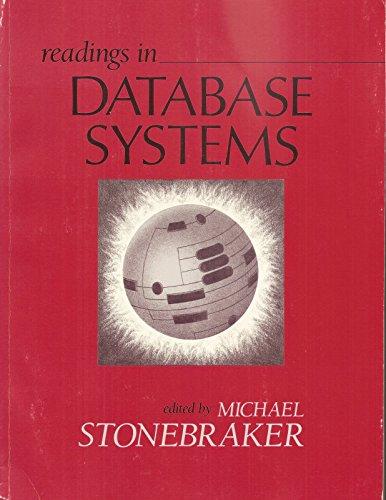a) The use of computers in education is referred to as computer-assisted instruction (CAI). Write a program that will help an elementary school student learn
a) The use of computers in education is referred to as computer-assisted instruction (CAI). Write a program that will help an elementary school student learn multiplication. Use the rand function to produce two positive one-digit integers. The program should then prompt the user with a question, such as How much is 6 times 7? The student then inputs the answer. Next, the program checks the students answer. If its correct, display the message "Very good!" and ask another multiplication question. If the answer is wrong, display the message "No. Please try again." and let the student try the same question repeatedly until the student finally gets it right. A separate function should be used to generate each new question. This function should be called once when the application begins execution and each time the user answers the question correctly. b) (Computer-Assisted Instruction: Reducing Student Fatigue) One problem in CAI environments is student fatigue. This can be reduced by varying the computers responses to hold the students attention. Modify the program of "part a" so that various comments are displayed for each answer as follows: Possible responses to a correct answer: Very good! Excellent! Nice work! Keep up the good work! Possible responses to an incorrect answer: No. Please try again. Wrong. Try once more. Don't give up! No. Keep trying. Use random-number generation to choose a number from 1 to 4 that will be used to select one of the four appropriate responses to each correct or incorrect answer. Use a switch statement to issue the responses. Use two functions: one for responses to a correct answer and another for responses to an incorrect answer. c) (Computer-Assisted Instruction: Monitoring Student Performance) More sophisticated computer-assisted instruction systems monitor the students performance over a period of time. The decision to begin a new topic is often based on the students success with previous topics. Modify the program of "part b" to count the number of correct and incorrect responses typed by the student. After the student types 10 answers, your program should use a function to calculate the percentage that are correct. If the percentage is lower than 75%, display "Please ask your teacher for extra help.", then reset the program so another student can try it. If the percentage is 75% or higher, display "Congratulations, you are ready to go to the next level!", then reset the program so another student can try it. d) (Computer-Assisted Instruction: Difficulty Levels) "part c" developed a computerassisted instruction program to help teach an elementary school student multiplication. Modify the function you create in "part a" to allow the user to enter a difficulty level. At a difficulty level of 1, the program should use only single-digit numbers in the problems; at a difficulty level of 2, numbers as large as two digits, and so on. e) (Computer-Assisted Instruction: Varying the Types of Problems) Modify the program of "part d" to allow the user to pick a type of arithmetic problem to study. An option of 1 means addition problems only, 2 means subtraction problems only, 3 means multiplication problems only, 4 means division problems only and 5 means a random mixture of all these types.
Step by Step Solution
There are 3 Steps involved in it
Step: 1

Get step-by-step solutions from verified subject matter experts
100% Satisfaction Guaranteed-or Get a Refund!
Step: 2Unlock detailed examples and clear explanations to master concepts

Step: 3Unlock to practice, ask and learn with real-world examples

See step-by-step solutions with expert insights and AI powered tools for academic success
-
 Access 30 Million+ textbook solutions.
Access 30 Million+ textbook solutions.
-
 Ask unlimited questions from AI Tutors.
Ask unlimited questions from AI Tutors.
-
 Order free textbooks.
Order free textbooks.
-
 100% Satisfaction Guaranteed-or Get a Refund!
100% Satisfaction Guaranteed-or Get a Refund!
Claim Your Hoodie Now!

Study Smart with AI Flashcards
Access a vast library of flashcards, create your own, and experience a game-changing transformation in how you learn and retain knowledge
Explore Flashcards





